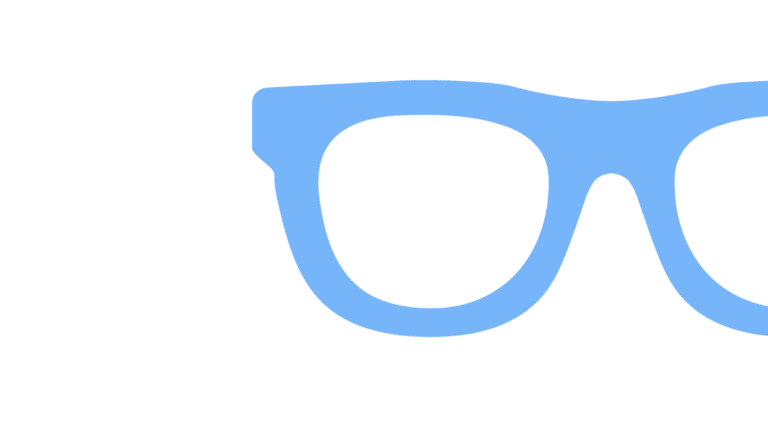
A
R traction over the past few years has occurred mostly through the smartphone camera. As our research arm ARtillery Intelligence quantified in its mobile AR revenue forecast, this early AR modality has reached scale by piggy-backing on a ubiquitous device we all carry.
But that scale has a tradeoff. Mobile AR’s quantitative benefits come with qualitative detriments. Though AR enjoys mobile’s sheer reach, smartphones aren’t the technology’s optimal vessel. There, AR is overshadowed by other established and primary smartphone activities.
Beyond taking a back seat to other mobile use cases, AR’s use on smartphones can be awkward and un-ergonomic. Arm fatigue sets in through the act of holding one’s phone up for long periods to experience line-of-sight graphical overlays. This keeps session lengths relatively short.
At the same time, AR glasses aren’t ready for prime time. At one end of the spectrum is hardware that’s graphically compelling but stylistically untenable (think: Hololens). At the other end is hardware that’s sleek but underwhelming in graphical intensity (think: North Focals).
What will it take to get over that hump? Will Apple’s rumored glasses accelerate things? And how many years will this process take? ARtillery tackles these questions in its report, Smart Glasses, the Road to AR’s Holy Grail, which is excerpted below for AR Insider readers.
Smart Glasses: The Road to AR’s Holy Grail
Common Connotations
After covering the “why” of Apple’s AR glasses last week, the next question is “what?” What will “Apple Glass” look like, and what will be its primary features? We don’t know yet, but many clues point to the likelihood that Apple will eschew common connotations with AR.
In other words, Apple won’t launch AR glasses — at least in V1 — that employ “heavy AR.” This is world-immersive AR that has spatial and semantic understanding of its surroundings. It’s all about graphics that populate your field of vision in dimensionally accurate ways.
To achieve these functions, there are design tradeoffs such as bulk and heat, which would deviate from Apple’s style and design sensibilities. So in the sliding scale between sleek glasses that power “lite AR,” and bulky glasses that power “heavy AR,” Apple likely chooses the former.
The first clue for this theory is the state of the underlying technology. It’s not to the point where wearability and graphical intensity are possible in the same device. The second clue comes from Apple’s size and its resulting fiduciary drive to pursue massive markets.
Headworn AR Revenue Forecast, 2019-2024
Mass-Market Play
Picking up on that second point, “lite AR” glasses have a much larger potential market, as “heavy AR” only appeals to a subset of technophiles. Apple’s mass-market requirements could lead it to AR hardware that is more along the lines of corrective eyewear or sunglasses.
In other words, eyeglasses and sunglasses are much larger markets than AR glasses. In fact, Apple could enter the $200 billion corrective eyewear market. AR features would include line-of-sight notifications that integrate other Apple apps, or biometrics from your Apple Watch.
This aligns with the earlier point about Apple will broadening AR definitions. So instead of cartoon monsters, digital “layers” will be things that generally help people see better – either in a corrective sense or with digital filters that “brighten” your day in various ways.
Other clues indicate practical mass-market functions, such as integration with Apple’s “project Gobi .” This involves retail point-of-sale codes that unlock product promotions or Apple Pay. This not only has mass-market applicability but also Covid-era “touchless” sensibilities.
The AR Space Race, Part II: Apple
Evolutionary Road
“Apple Glass” could also have spatial audio integration with AirPods Pro. This could involve an audible “notification layer” that joins its visual counterpart. Use cases could include identifying people or real-time foreign language translation. These could be true killer apps.
But some of those use cases could be further in the future. In that way, Apple’s AR glasses should be viewed as a long-evolutionary road, sort of like the iPhone has been. That could make version 1 of the device a starting point for Apple’s looming era of sensory augmentation.
Put another way, “lite AR” is Apple’s first step into AR glasses. Like the iPhone 1’s evolutionary path towards the pocket supercomputer we know today, Apple Glass could grow from simple augmentation to (eventually) the AR that’s the stuff of science fiction.
But that won’t happen overnight. We often forget the iPhone 1 only sold a few million units and didn’t reach the 100 million magic number until the iPhone 4. Whatever Apple launches, we should temper expectations about world-changing impact. This will be a long process.
We’ll pause there and circle back in the next installment about some of AR glasses design targets and tradeoffs…

